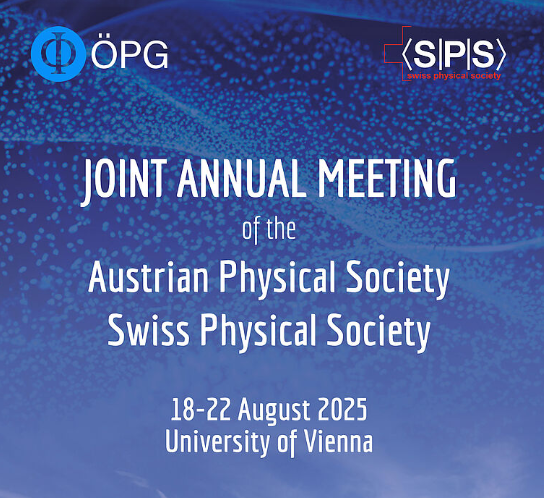https://doi.org/10.1140/epjc/s10052-006-0193-3
Special Article - Tools for Experiment and Theory
C2GT: intercepting CERN neutrinos to Gran Sasso in the Gulf of Taranto to measure θ13
1
CERN, Geneva, Switzerland
2
Joint Institute for Nuclear Research, Dubna, Russia
3
Dipartimento di Fisica, Università degli Studi di Bologna and INFN, Bologna, Italy
4
Institut de Physique Corpusculaire, Collége de France, Paris, France
* e-mail: Rudiger.Voss@cern.ch
Received:
8
April
2006
Revised:
13
June
2006
Published online:
2
February
2007
Today’s greatest challenge in accelerator-based neutrino physics is to measure the mixing angle θ13 which is known to be much smaller than the solar mixing angle θ12 and the atmospheric mixing angle θ23. A non-zero value of the angle θ13 is a prerequisite for observing CP violation in neutrino mixing. In this paper, we discuss a deep-sea neutrino experiment with 1.5 Mt fiducial target mass in the Gulf of Taranto with the prime objective of measuring θ13. The detector is exposed to the CERN neutrino beam to Gran Sasso in off-axis geometry. Monochromatic muon neutrinos of ≈ 800 MeV energy are the dominant beam component. Neutrinos are detected through quasi-elastic, charged-current reactions in sea water; electrons and muons are detected in a large-surface, ring-imaging Cherenkov detector. The profile of the seabed in the Gulf of Taranto allows for a moveable experiment at variable distances from CERN, starting at 1100 km. From the oscillatory pattern of the disappearance of muon neutrinos, the experiment will measure sin2θ23 and especially Δm2 23 with high precision. The appearance of electron neutrinos will be observed with a sensitivity to P(νμ→νe) as small as 0.0035 (90% CL) and sin2θ13 as small as 0.0019 (90% CL; for a CP phase angle δ=0° and for normal neutrino mass hierarchy).
© Springer-Verlag Berlin Heidelberg, 2007




